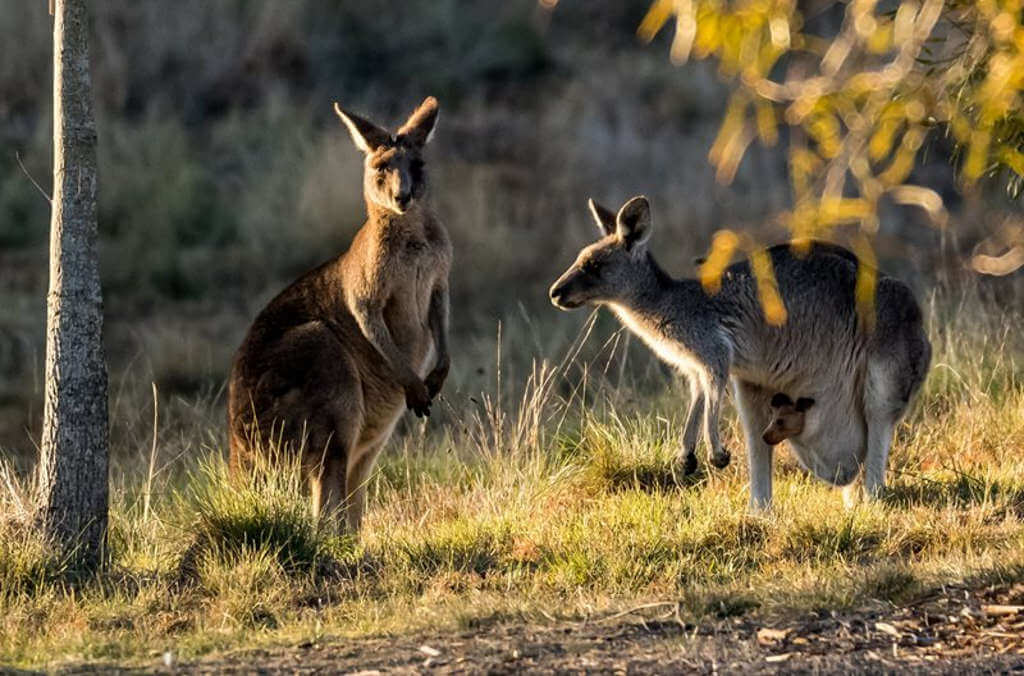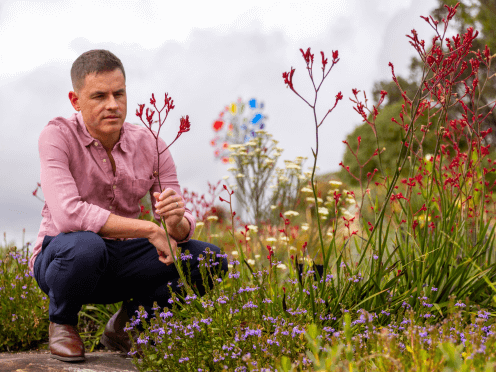The curious case of plant blindness
Learn about this curious phenomenon and why it is essential to combat.

From top ranking student...
Occasionally there is discussion around protecting the koala’s habitat – but done in a vague nebulous way that doesn’t really imply what it is. It is, of course, plants – to be more accurate in this case eucalypt woodland and forest that provides both food and habitat for koalas and is absolutely fundamental to their survival. Simply put - no eucalypts, no koalas.

Native fauna at the Australian Botanic Garden Mount Annan.
What is plant blindness?
This phenomenon where plants are ignored has been termed “plant blindness” – a term that was coined about 20 years ago by two botanists (who else) in the United States, Elizabeth Schussler, of the Ruth Patrick Science Educator Center in Aiken, South Carolina, and James Wandersee, of Louisiana State University in Baton Rouge, Louisiana.
Plant blindness refers to the inability to see or notice the plants in one’s own environment. The basis of this is that there is a fundamental inability of humans to recognize the contribution of plants to a functioning planet or to keeping humans and all other life forms alive.
There have been studies demonstrating that we inherently notice the presence of animals in the environment way more than we would notice plants. We appear to be hard-wired to care more about our furry and feathered friends (or even the scaly ones) than the “green wallpaper” that they live in. I have noticed even the most ardent botanist or horticulturist getting far more excited with a new sighting of a bird or mammal on field trips or in the gardens than they do about the plants around them.
Dr Summerell at the Great Basin National Park with a 3,500 year old Bristle Cone Pine.
But why does this matter?
Well plants are fundamental to our existence – they provide our food, either directly or indirectly, supply building materials, fibres and medicines; they produce oxygen and tie up carbon and mitigate our climate – the list can go on.
Exposure to a plant-filled environment promotes well-being, reduces stress and lowers crime rates, they are fundamental to how we celebrate the good times and the sad – try producing roses and champagne without assistance from a plant (or three or four) and it is no co-incidence that the commemorations and reflections after the atrocities in Christchurch were in botanic gardens and parks. Plants are central to all aspects of our existence.
If we are not aware of plants in our environment we will have a tendency to ignore them. And ignoring them is just one or two steps away from not caring for or protecting them and before you know it those large trees in your neighbourhood are gone, a forest is not protected, we stop caring about quarantine and biosecurity and our food is produced artificially.
The end result is a world that is much less habitable, more hostile, less resilient and more likely to incapable of supporting us and all the other creatures that live here.
This article was originally published in the Sydney Morning Herald
Lamington National Park.
Related stories

For the team at the Research Centre for Ecosystem Resilience (ReCER), a request from the Blue Mountains Botanic Garden to design a hedge of the towering Nothofagus moorei, or Antarctic beech, sparked a unique collaboration between science and horticulture.
In the lower Hunter Valley, a new nature reserve named Tiraki – Wonnarua for ironbark – has become a sanctuary for one of Australia’s rarest plants.

In this new episode of What the Flora!? discover why this world-first global ‘Tree of Life’ study is a new milestone in understanding the evolutionary history of flowering plants.